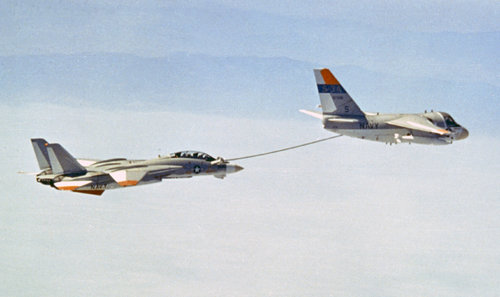zebedee
ACCESS: Secret
Blackstar... you mean the X55...?
I was just about to say the design reminds me a little of how the X55 was designed and constructed...
http://tinyurl.com/nwerl7o
http://www.secretprojects.co.uk/forum/index.php/topic,9089.0.html
Zeb
I was just about to say the design reminds me a little of how the X55 was designed and constructed...
http://tinyurl.com/nwerl7o
http://www.secretprojects.co.uk/forum/index.php/topic,9089.0.html
Zeb




















